As a cultural geographer, the opportunity of contributing critically to a three-month experimental study on microbial life proposes a series of challenges and possibilities; from negotiating disciplinary-specific languages and knowledges, to differing approaches to conducting research, and a variety of expectations around what experimentation actually means in the context of academia. Collaboration with medical-based specialists, engineers, and performance scholars at the same time brings to light a number of themes and premises that resonate with my own geographical research interests and expertise – albeit in the unusual geographical setting of the hospital ward.
At the heart of my research interest has been a concern with moving bodies and their interrelationship with space, place and objects. While this in the past has tended to focus on the city, the micro-geographical scale of the healthcare ward provides a valuable opportunity to examine how bodies contribute to, and actively produce, the spaces in which they move. Thinking through the lens of microbial life, I am keen to examine how the nurses’ body, and particularly their hands, facilitate and equally deter the trajectories of microbes. In this way, I am interested in what hands are seen to do and what remains unseen, and equally, how a nurse’s body negotiates and respond to a variety of health care procedures (whether this is repulsion, compassion, or desensitisation).
Equally, and interconnected, my research focuses on the geographies of performance and theories of practice. In this respect, I am interested in mundane everyday practices that we train to do and practice doing over time – of learning and enacting ‘appropriate’ forms of behaviour. The tasks, duties and responsibilities of healthcare practitioners thus offer a rich lens into thinking about degrees of conscious and unconscious engagement with patients and a variety of techniques of care needed. Building on Judith Butler’s theories of performativity, I am interested in infection prevention techniques as examples of behavioural practice, which are re-enacted and performed, or iterated, over time. Yet, in addition, I’m equally concerned with the relationship between practice and power. In what ways do perceptions of surveillance and codes of practice actively shape the biopolitics of healthcare workers and the degree to which their practice is coerced into conforming?
Finally, and more broadly, my research has adopted an interdisciplinary perspective, primarily by bringing cultural geography into conversation with debates arising with the performing arts setting. Cross-disciplinary engagement with nurses, microbiologists, engineers and performance scholars in the context of this project thus opens an unusual, yet invaluable, opportunity to think productively about how we share knowledge in mutually beneficial ways, and work collectively toward tackling shared global challenges such as anti-microbial resistance. Essential to this, I would argue, is a geographical perspective. This includes thinking critically about how geography can enrich medical/scientific knowledge; on the differing social-cultural practices that contribute to the spread of disease or determine decision making in the use of antibiotics; the geopolitical context sustaining health inequalities within and often beyond national borders; and making visible the where and how of infection/AMR – which countries and demographics will be most effected, and in what ways do different pathways/routes/everyday trajectories promote or discourage their geographical spread.


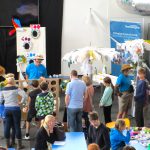
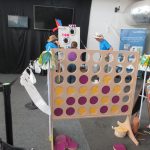
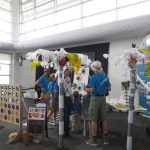
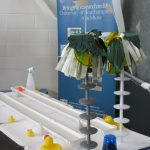

 Over the course of the weekend we helped hundreds of children decorate masks of different microbes and to take “cell-fies” in the ‘Microbe Mascquerade’ photo both. This led to great conversations with children and parents about the diversity of the microbiome, and about AMR.
Over the course of the weekend we helped hundreds of children decorate masks of different microbes and to take “cell-fies” in the ‘Microbe Mascquerade’ photo both. This led to great conversations with children and parents about the diversity of the microbiome, and about AMR.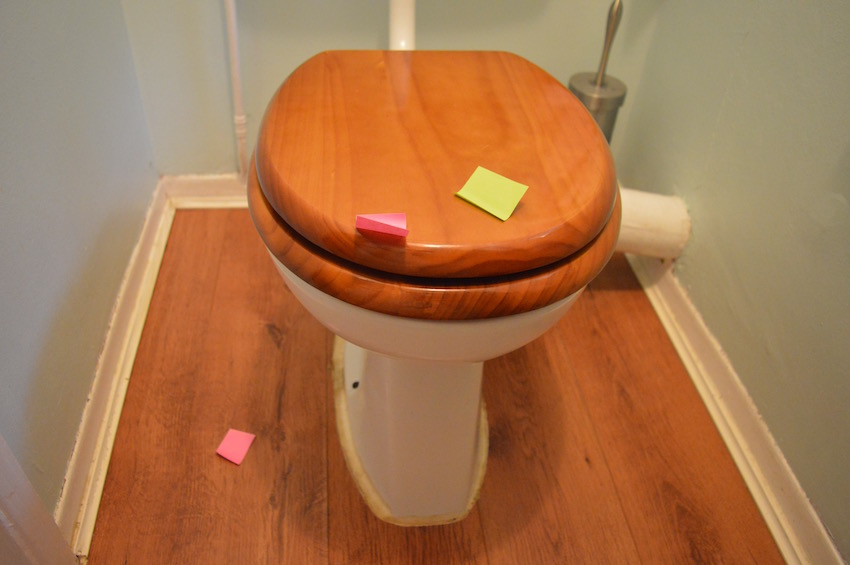 We visited research participants in their own houses, and began the interview in their bathroom where we photographed their cleaning products and asked parents about their cleaning practices (how often they clean, what they focus on, what the motivation to clean is, etc.). At the same time, the children in the family were invited to put small Post-it notes on anything that they considered could be dangerous or risky. This performative mapping technique elicited some of the discourses about domestic health and safety practices – around physical hazards like doors, as well as chemical and biological ones, such as areas perceived as prone to pathogenic colonisation.
We visited research participants in their own houses, and began the interview in their bathroom where we photographed their cleaning products and asked parents about their cleaning practices (how often they clean, what they focus on, what the motivation to clean is, etc.). At the same time, the children in the family were invited to put small Post-it notes on anything that they considered could be dangerous or risky. This performative mapping technique elicited some of the discourses about domestic health and safety practices – around physical hazards like doors, as well as chemical and biological ones, such as areas perceived as prone to pathogenic colonisation.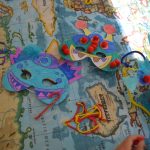
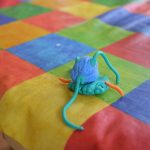
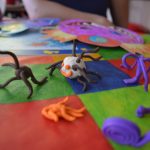
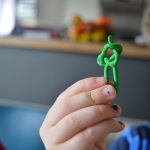
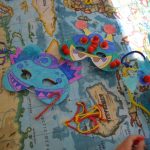
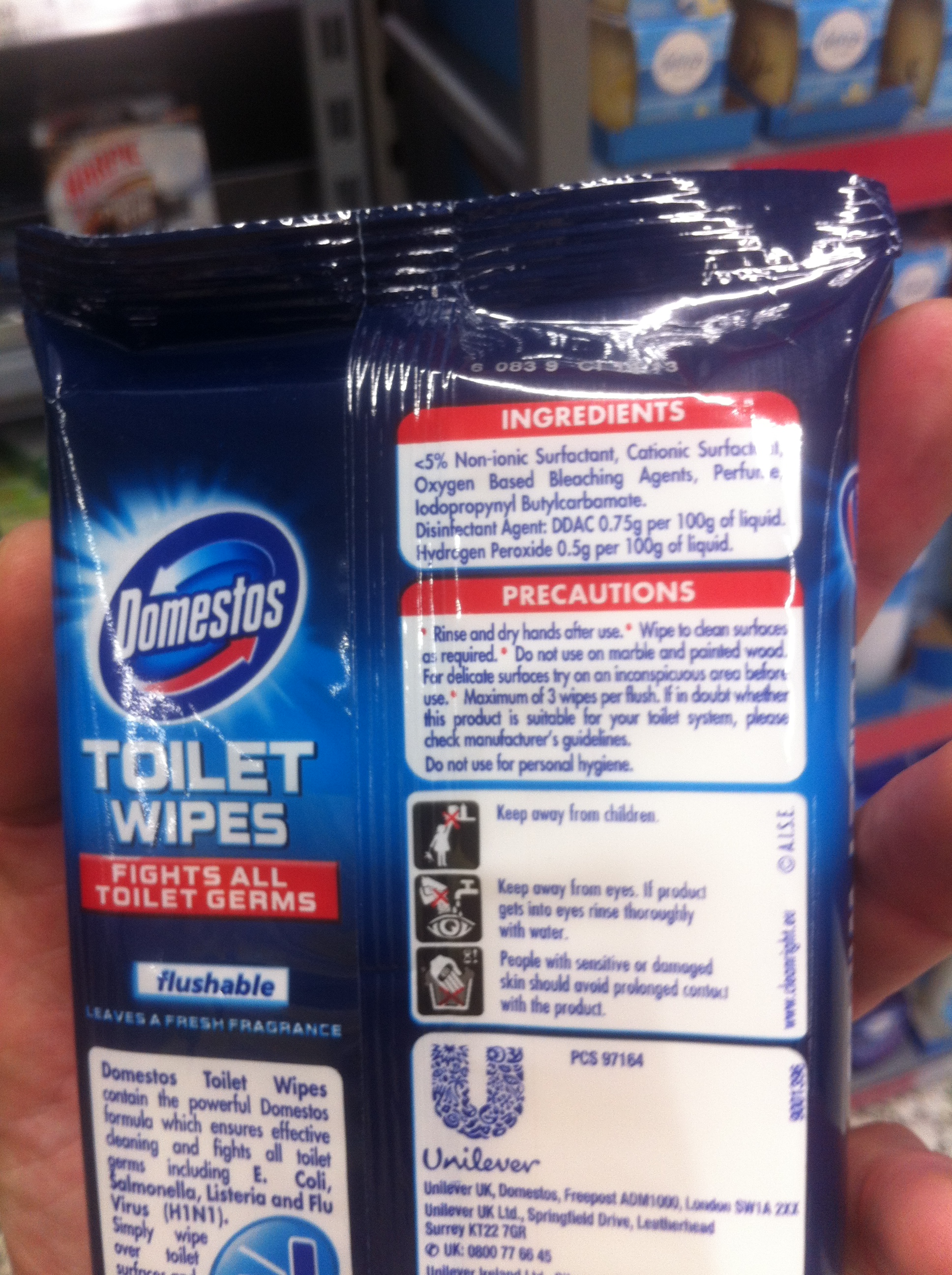 With ‘Fighting superbugs on the home front: becoming an ecological citizen in your bathroom’, we were interested in translating this framework to the domestic space, and the geographies of microbial life and of waste water systems. Our interdisciplinary approach hopes to feed into future work across engineering and microbiology to understand the interrelation of domestic cleaning practices and AMR in waste water.
With ‘Fighting superbugs on the home front: becoming an ecological citizen in your bathroom’, we were interested in translating this framework to the domestic space, and the geographies of microbial life and of waste water systems. Our interdisciplinary approach hopes to feed into future work across engineering and microbiology to understand the interrelation of domestic cleaning practices and AMR in waste water.